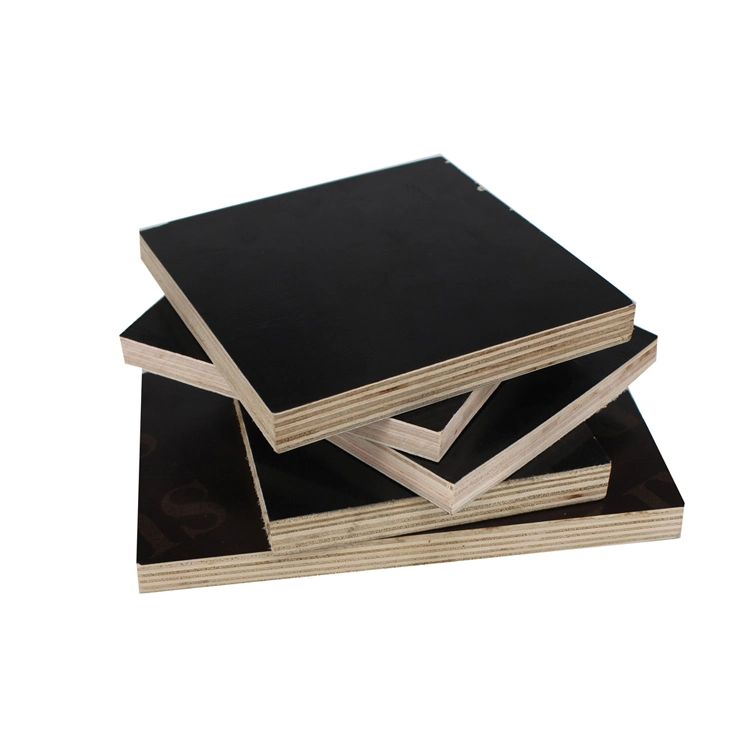Effect Of Thermal Pressure Temperature On Construction Plywood Quality
2024-06-14
The quality of construction plywood is significantly influenced by the conditions under which it is manufactured, including thermal pressure and temperature. Here are the key effects:

Thermal Pressure and Temperature Effects on Plywood Quality
1. Adhesive Curing:
- Temperature: Higher temperatures can accelerate the curing process of adhesives used in plywood manufacturing. Optimal curing temperature ensures that the adhesive fully sets, providing strong bonds between the layers of veneer. Insufficient temperature can result in weak bonding, while excessively high temperatures can degrade the adhesive.
- Pressure: Adequate pressure ensures even distribution of adhesive and proper bonding between layers. Insufficient pressure can lead to poor adhesive spread and weak joints, whereas too much pressure might squeeze out too much adhesive or damage the veneers.
2. Dimensional Stability:
- Temperature: Variations in temperature during manufacturing can affect the moisture content of the wood veneers. Proper control of temperature helps in reducing warping, shrinkage, and expansion of the plywood panels, contributing to their dimensional stability.
- Pressure: Consistent pressure helps maintain the flatness and uniform thickness of plywood, which is crucial for dimensional stability. Inconsistent pressure can cause uneven thickness and potential warping.
3. Surface Quality:
- Temperature: The right temperature helps in achieving a smooth surface finish on the plywood by properly curing the adhesive and avoiding surface defects like blisters or bubbles.
- Pressure: Even pressure ensures that the veneer layers are pressed uniformly, avoiding defects such as surface waviness or imprint marks from the press.
4. Mechanical Properties:
- Temperature: Proper temperature control during pressing enhances the mechanical properties of plywood, including its strength, stiffness, and resistance to impact. Excessive temperature can degrade the wood fibers and reduce mechanical properties.
- Pressure: Adequate pressure contributes to the overall structural integrity of plywood. Properly pressed layers result in a stronger composite material, while insufficient pressure can lead to weak spots and reduced mechanical strength.
5. Adhesive Penetration:
- Temperature: Higher temperatures can improve the penetration of adhesive into the wood fibers, enhancing the bond strength. However, too high a temperature might cause premature curing and reduce penetration.
- Pressure: Optimal pressure facilitates deeper penetration of adhesive into the wood, ensuring stronger bonding and better performance of the plywood.
Optimal Conditions for Plywood Manufacturing
To achieve high-quality construction plywood, it is crucial to maintain optimal thermal pressure and temperature conditions during the manufacturing process. Here are some general guidelines:
- Temperature: Typically ranges between 120°C to 150°C for hot pressing, depending on the type of adhesive used.
- Pressure: Commonly ranges from 1 MPa to 2 MPa, ensuring adequate bonding without damaging the veneers.
- Pressing Time: Duration is adjusted based on temperature and pressure settings, ensuring complete curing of the adhesive.
Conclusion
Maintaining the right balance of thermal pressure and temperature during the manufacturing process is critical for producing high-quality construction plywood. These conditions affect adhesive curing, dimensional stability, surface quality, mechanical properties, and adhesive penetration, all of which contribute to the overall performance and durability of the plywood. Proper control and optimization of these parameters are essential for achieving the desired quality in plywood products.


